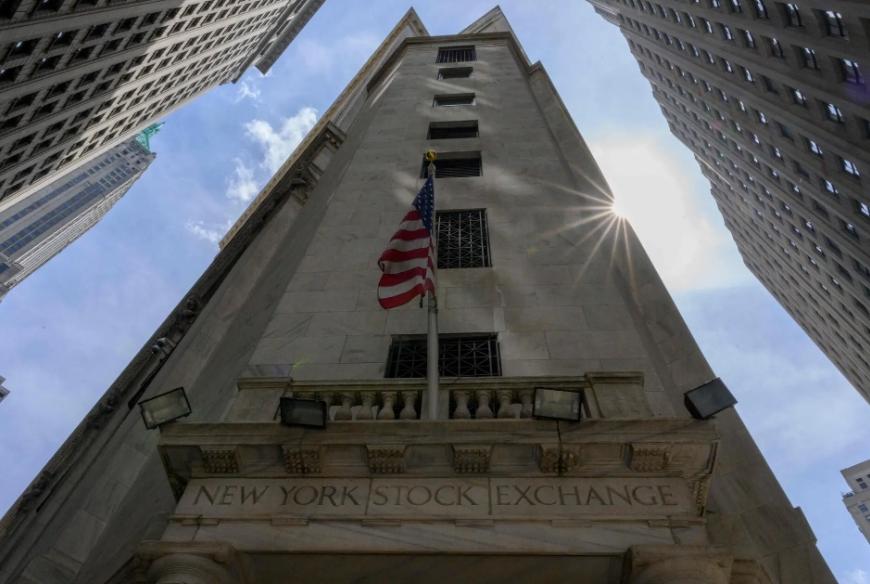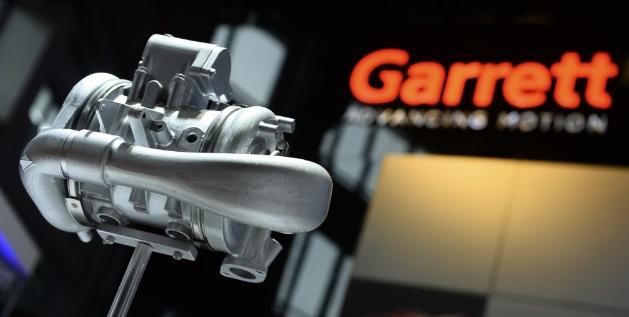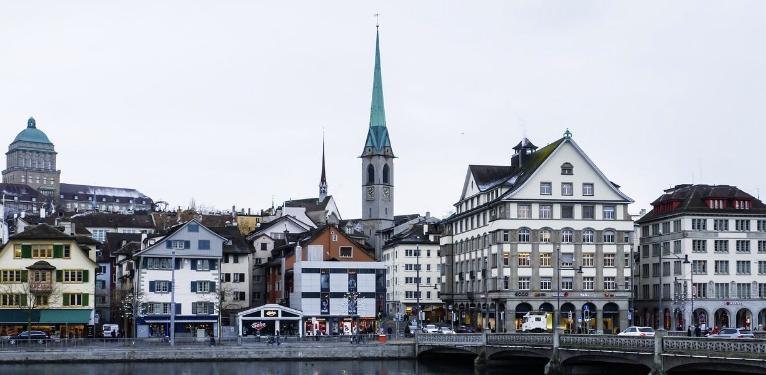Earlier this year, the dark cloud of inflation cast a long shadow over the U.S. economy. Experts feared an intense economic slowdown and a spike in unemployment as part of the collateral damage of combatting inflation.
A renowned economist claimed that the base inflation rate was cemented at a minimum of 4.5% and all “hoped-for saviors” – factors anticipated to naturally suppress inflation – had lost their potency. Another prediction asserted that inflation would tenaciously linger “around 4 to 5 percent.”
The Unexpected Turn
However, the unfolding reality has deviated sharply from these bleak forecasts. Both the GDP and employment growth have remained robust while key indicators of underlying inflation have retreated below 3% and continue to decline. Advanced statistical models, including those employed by the New York Fed, echo this positive development, showing a substantial halving of underlying inflation from the previous year.
Certainly, potential complexities may arise from technical issues that could obscure the precise measurement of inflation, as estimating the price fluctuations of services like health care can introduce noise into the data. Despite these challenges, a concrete trend of declining underlying inflation is evident and is validated by numerous sources, including business surveys. While some segments of the public, especially among the political right, might remain skeptical, the prevailing data firmly contradicts the narrative of rising inflation.
Unraveling the Mystery
So, the emergent question is – what catalyzed this favorable turn of events? How did the U.S. economy stumble upon this ‘Goldilocks’ state? A comprehensive paper by Mike Konczal of the Roosevelt Institute identifies two principal narratives that might elucidate the rapid and smooth descent of U.S. inflation. And notably, these are not makeshift theories concocted post-factum but were part of the discourse among several optimists during the peak of inflationary concerns.
- The first theory resides in the realm of the “nonlinear Phillips curve,” suggesting a strengthened negative correlation between unemployment and inflation in an overheated economy. This implies that a minor surge in unemployment could instigate a substantial decline in inflation, without necessitating severe measures.
- The second theory, termed “long transitory,” attributes the sustained inflation to the protracted impacts of supply chain disruptions induced by the pandemic. According to this perspective, the ongoing reduction in inflation is a consequence of the economy’s gradual return to normalcy.
A Closer Inspection
Konczal endeavored to adjudicate between these competing theories by analyzing the inflation trends across diverse goods and services. He posited that if the fading impacts of the pandemic were primarily responsible for the declining inflation, then a more pronounced reduction would be observable in goods and services that have witnessed increased consumption due to enhanced availability. The real-time data resonates with this hypothesis.
Implications for the Future
This debate holds significant implications, particularly in light of apprehensions that a robust economy could potentially reignite inflation. If the diminishing demand is perceived as the cornerstone of reduced inflation, concerns that a reinvigorated economy could potentially reverse this trend emerge. However, these fears are mitigated if the current decline in inflation is attributed primarily to the post-Covid economic recalibration.
In conclusion, the prevailing evidence seems to tilt towards the “long transitory” theory, offering a measure of reassurance. Nonetheless, a sustained vigilance on the part of policymakers is imperative. The discourse around this issue is far from concluded. However, the indisputable reality remains – inflation has retreated much more rapidly than anticipated, and remarkably, without exacting a discernible toll on the economy.



